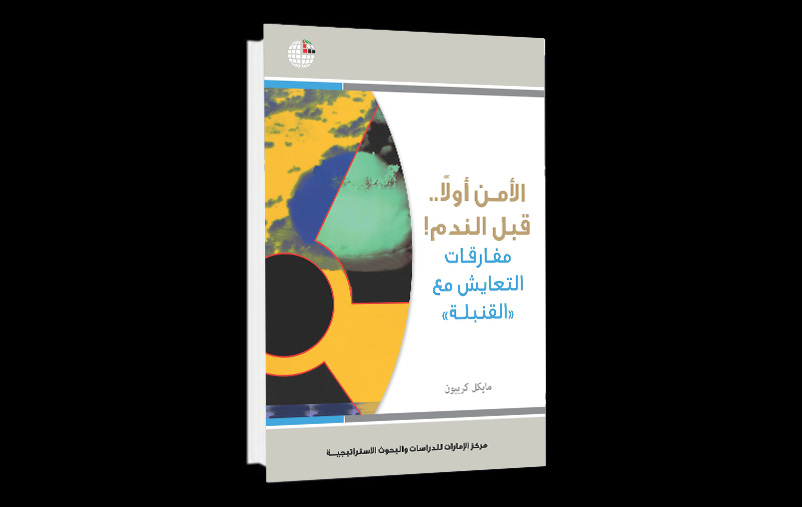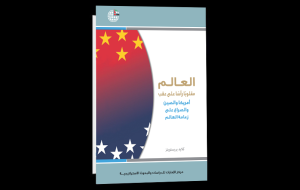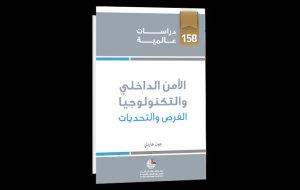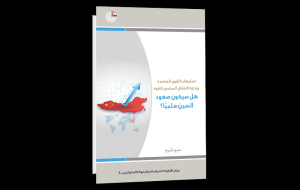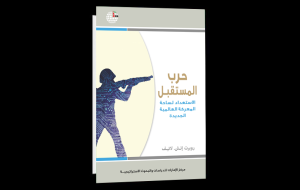The book examines ways to strengthen the Treaty on the Non-Proliferation of Nuclear Weapons (NPT), and considers trajectories for current and potential nuclear powers, particularly addressing the threat of extremist groups acquiring nuclear weapons. The analysis focuses on three phases of nuclear non-proliferation: the first reaching its apex at the end of the Cold War and the fall of the Soviet Union; the second defined by a major shift following 9/11; while the third stage is ongoing.
The NPT was designed for a different time, pre-dating a single dominant military power, illicit nuclear trade networks, and terrorist cells seeking nuclear weapons and fissile material. The treaty had much stronger foundations in a bipolar world, when the great powers could ensure its adherence, when they were in agreement. The first stage of nuclear non-proliferation was an exercise in establishing and cementing new norms. While these norms did not necessarily prevent rule breaking, they did make it easier to isolate or sanction those who broke the rules. During the second stage of development, these norms were weakened, amid a reduced ability to enforce them. Today, we see significant efforts to formulate new global rules to prevent nuclear terrorism, recognizing that the fundamental problem is not solely with the bomb itself, but with the nature and behavior of those in possession of nuclear weapons.
The major nuclear developments to come are more likely to be negative, signaling the onset of a new stage in their proliferation and use. Areas of significant concern include: the potential use of nuclear weapons in war; the use of nuclear weapons by extremist groups; the use of radiological weapons or ‘dirty bombs’, which can prompt reciprocal attacks; the resumption of nuclear testing by states; and, the demise of the global nuclear proliferation control system. On the other hand, one relatively positive development has been the increase in conventional military options available to major powers, which could ultimately reduce the role of nuclear weapons.
Since 1945, all the major powers have shared the fundamental belief that first strike use of nuclear weapons against a nuclear-armed enemy would result in catastrophic retaliation. If nuclear weapons were used against a conventional enemy, and in a way that could be perceived as persecuting one particular ethnicity or culture, the adverse political, diplomatic, and international consequences would clearly far outweigh any presumed military benefits.
While nuclear weapons’ states agree on the importance of strengthening the nuclear non-proliferation system, negative developments in this area will further damage the system, its rules and treaties. The book outlines nine of the most concerning drivers of a negative nuclear future, including the use of a nuclear weapon in warfare between states, failure to halt the Iranian and North Korean nuclear weapons programs, and a collapse or radical change in governance in Pakistan. Elsewhere, there is the risk of more enrichment and reprocessing plants in nations that are hedging their bets on proliferation, and inching closer to nuclear weapons capacity. Another problematic area is the potential failure to properly safeguard dangerous weapons and nuclear materials, which could be used for acts of terrorism. There is also a heightened risk of acts of nuclear terrorism directed against states by extremist groups, which is compounded by the weakening of international inspections and other nuclear monitoring arrangements. Finally, the overall threat is elevated by a resumption in nuclear weapons testing, and the continued production of highly enriched uranium and plutonium for nuclear weapons.
For these and other reasons, complete nuclear disarmament should be the end goal. However this carries its own risks, particularly if some states fail to completely eliminate nuclear weapons. Issues related to the verification of having eliminated nuclear arsenals would also arise.
During the Cold War, US presidents from both political parties focused on five main elements in responding to the nuclear threat: deterrence, military strength, containment, diplomatic engagement, and arms control. However, implementation of these fundamental pillars has at times lacked synergy and wisdom.
Although these five components are not always interrelated, it is impossible to exclude one element without aggravating nuclear risks; deterrence and containment are a necessity, in addition to military strength, coupled with the assurances gained from diplomatic dialogue and arms control operations.
There is no magic formula or easy solution to limiting the spread of these highly hazardous materials and dangerous weapons, especially when striving to prevent them from falling into the wrong hands. A successful outcome requires diligent joint efforts toward the implementation of more comprehensive and decisive threat reduction programs, some of which have already shown their effectiveness. The chances of success are greatly improved when major powers are aligned on these issues; it becomes harder when Washington and Moscow shed treaty commitments that work to constrain arbitrary action in this area.
Adopting a new strategic understanding to reduce the threats will not overcome the challenges on its own; the nuclear issue is far too complex to be addressed through one unified policy. However, an attempt must be made to reach a common strategic understanding, which can then be passed from one administration to the next, and be better able to gain more extensive domestic and international support.
Michael Krepon Biography
Michael Krepon was an advocate of nuclear non-proliferation, and a co-founder of the Stimson Center in 1989, after leaving a career in public service that saw him work for both the Carter and Reagan administrations, as well as Congress, on nuclear arms control. His areas of interest included diplomacy, deterrence and containment. Krepon attended The Johns Hopkins School of Advanced International Studies where he majored in diplomacy and the Middle East, spending the summer of 1969 at Berkeley to pass his Arabic proficiency exam. He served as the Stimson Center’s President and CEO until 2000, and in 2001 was appointed the University of Virginia’s Diplomat Scholar, where he taught at the university until 2010. He died in July 2022.
Author: Michael Krepon
Publisher (Arabic version): Emirates Center for Strategic Studies and Research
Publication year: 2012


